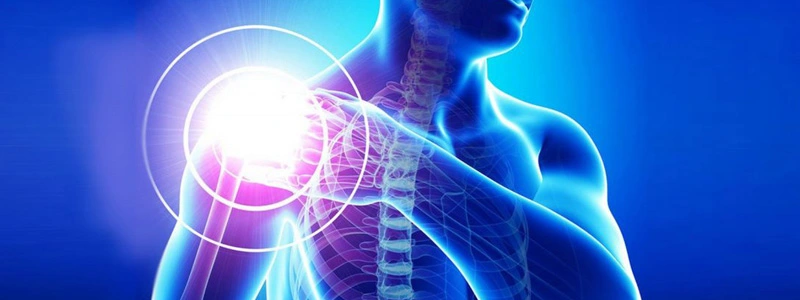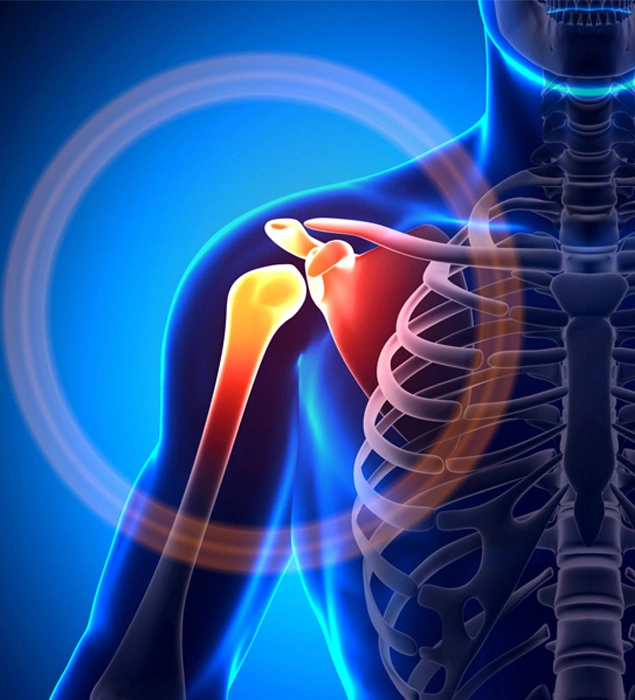
Shoulder trauma refers to injuries affecting the shoulder joint and surrounding tissues, including the muscles, ligaments, and tendons. Common causes include falls, direct blows, and overuse. Symptoms typically include sharp or dull pain, swelling, bruising, and reduced range of motion. The shoulder may also appear deformed or misaligned. Weakness in the shoulder and arm, tenderness to touch, and sensations of numbness or tingling are also common. Diagnosis often involves physical examination and imaging tests, such as X-rays or MRI. Treatment ranges from rest and physical therapy to medication and, in severe cases, surgery to repair damaged structures.
Trauma to the shoulder is common. Injuries range from a separated shoulder resulting from a fall onto the shoulder to a high-speed car accident that fractures the shoulder blade (scapula) or collarbone (clavicle). One thing is certain: everyone injures his or her shoulder at some point in life.
Shoulder injuries most commonly occur in athletes participating in sports such as swimming, tennis, pitching, and weightlifting. The injuries are caused due to the over usage or repetitive motion of the arms.
- Pain: Sharp or dull pain, often worsened with movement.
- Swelling: Visible swelling around the shoulder joint.
- Bruising: Discoloration due to bleeding under the skin.
- Limited Range of Motion: Difficulty moving the shoulder in various directions.
- Weakness: Reduced strength in the shoulder and arm.
- Deformity: Abnormal shape or alignment of the shoulder.
- Tenderness: Sensitivity to touch around the injury site.
- Numbness or Tingling: Sensation changes in the arm or hand.
Early treatment is necessary to prevent serious shoulder injuries. The immediate mode of treatment recommended for shoulder injuries is rest, ice, compression and elevation (RICE). Your doctor may also prescribe anti-inflammatory medications to help reduce the swelling and pain.
Your doctor may recommend a series of exercises to strengthen shoulder muscles and regain shoulder movement.

